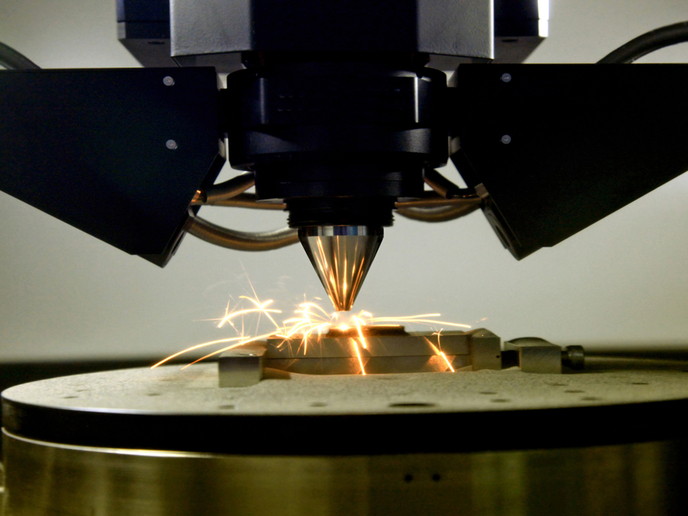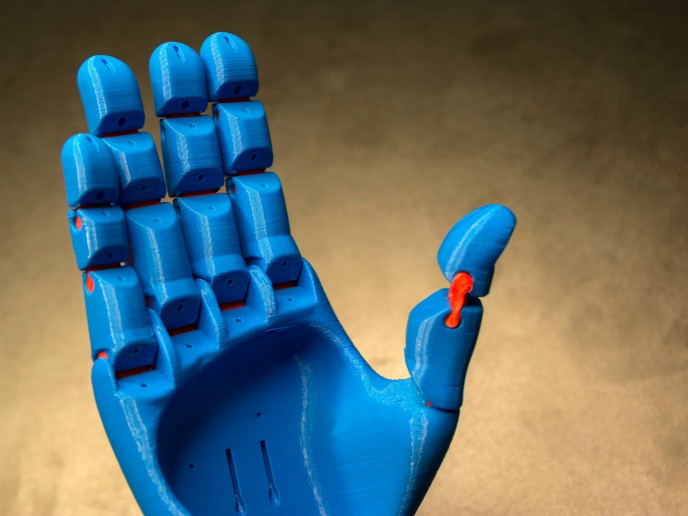New ceramic materials
The BISM (Bio-inspired structural materials) project froze ceramic suspensions using a technique known as freeze casting (or ice templating) to create strong ceramic-polymer materials of exceptional toughness. These porous scaffolds were then filled with a metal or polymer to create composites similar to nacre. Nacre is a natural composite that exhibits fracture toughness several orders of magnitude greater than its constituent parts. Researchers also used the freeze casting process to fabricate highly porous graphene-based cellular networks. This process allowed scientists to manipulate the density, cell size and shape of the structure, thereby influencing its surface area, elasticity, specific strength, energy loss coefficient and conductivity. New applications for the process were explored, such as energy damping, compression-tolerant supercapacitors or catalysers, and any application where separation, absorption or filtration is required. The template approach was extended to ‘soft templates’, particularly emulsions, to create complex structures. The result was responsive ceramic particles capable of assembling or disassembling in an emulsion in response to an external stimulus. This technique can be used to build ceramic scaffolds that are extremely strong and rigid, yet highly porous, which can be manipulated to control pore size. Project results have paved the way for large-scale fabrication of complex and lightweight porous structures and composites. The combination of material selection and structural control has resulted in unique properties and created new opportunities in a wide range of applications. These applications include filters, scaffolds or ceramic coatings for tissue engineering and thermal barrier ceramic coatings or temperature control membranes. BISM provided new data on the behaviour of colloidal suspensions and emulsions, the growth of carbon fibres and the parameters that control the mechanical response of complex structures. The project's results will therefore be of great interest to those working in the fields of materials science, chemistry and biology. Particular attention will be given to the bone-like ceramic-based materials that were created for use in orthopaedic implants. The ceramic-metal hybrids were developed for use at very high temperatures under extreme conditions.







